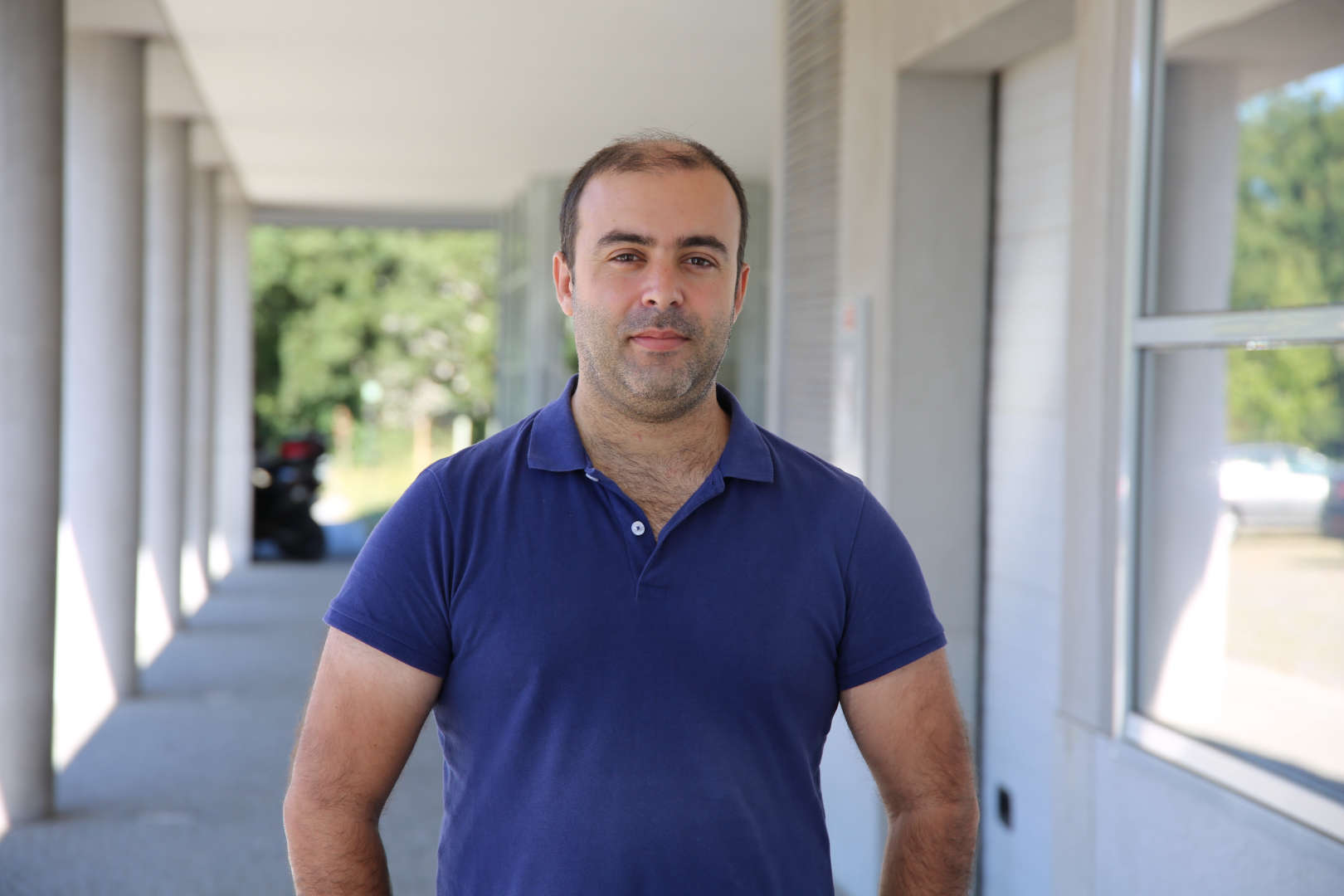About
Ricardo Sousa has a PhD in Electrical and Computer Engineering from the Faculty of Engineering of the University of Porto since 2011 and is currently a assistant researcher and assistant to the coordination at the Laboratory of Artificial Intelligence and Decision Support (LIAAD) at INESC TEC. He participated in European projects (e.g., MAESTRA), national (e.g., ADIRA4.0) and scientific projects with companies (e.g., NDTech-Amorim) related to Signal Processing, Data Mining and Machine Learning. Currently, he coordinates teams in a PRODUTECH mobilizing program (related to Production and Quality Management) and in a P2020/FCT/MIT Portugal project (Technology for power transformers). Has specific interest in the areas of Maintenance and Predictive Quality, Process Mining and Forecasting with application in the field of Industry/Production. He lectured at the Faculty of Engineering of the University of Porto, in programming and information systems subjects. Co-supervised/supervised more than 17 master's dissertations in the areas of Signal Processing and Data mining/Machine Learning.


